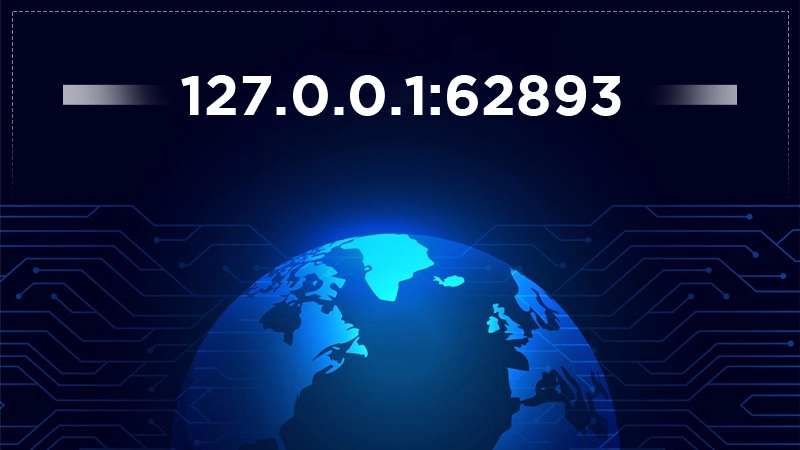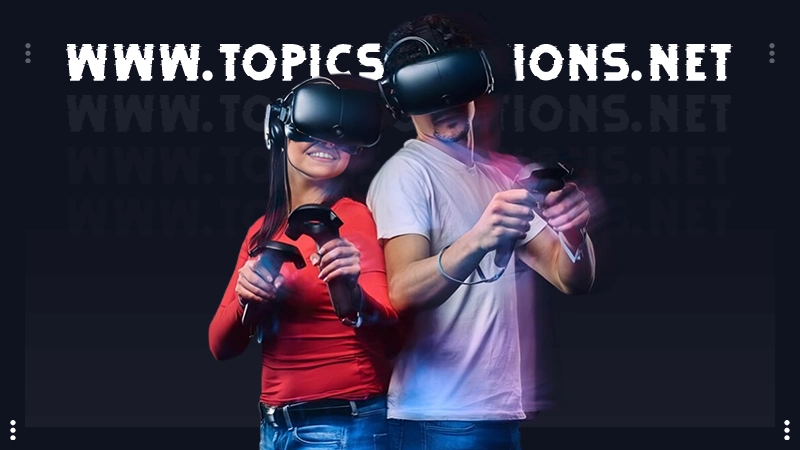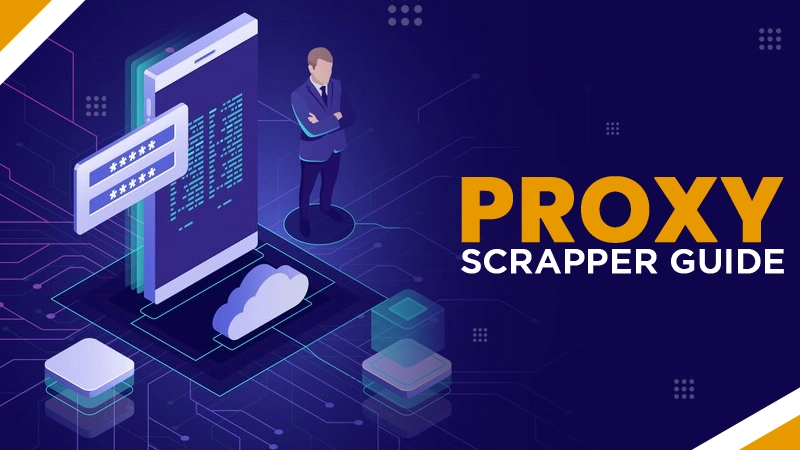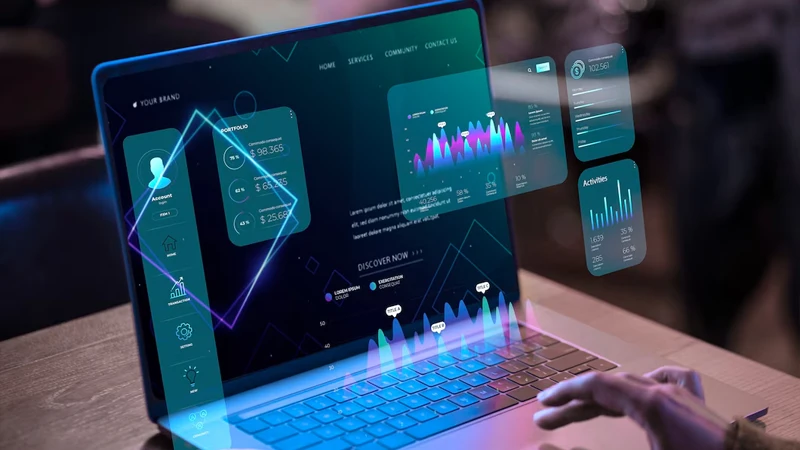The Impact of OTT Attribution on Media Buying Strategies
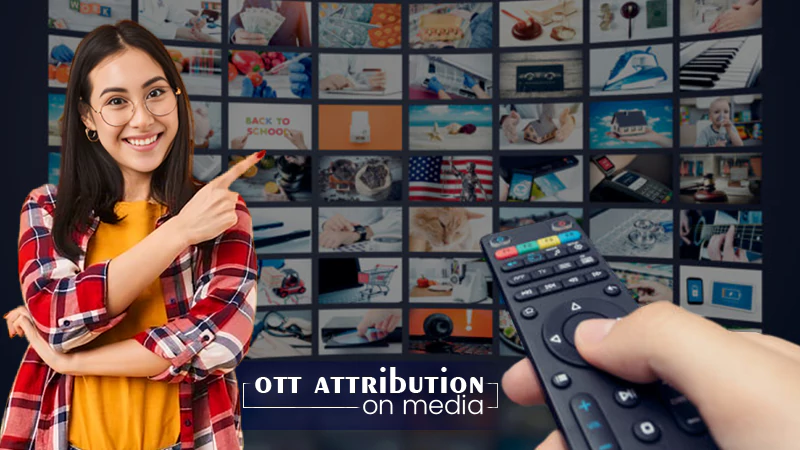
If you’ve ever watched a TV show or movie on a streaming service like Netflix, Hulu, or Amazon Prime Video, then you’ve experienced over-the-top (OTT) content. And you know how great it is.
Attribution is the process of tracking and assigning credit to a specific marketing channel or campaign for driving conversions. OTT attribution is the same concept but for online video advertising. Also, learn about Amazon Firestick Not Working with this guide.
With the rise of streaming services and connected TV devices, advertisers have found new opportunities to reach consumers through OTT advertising. This has greatly impacted media buying strategies, as advertisers now have more diverse options for reaching their target audience.
In today’s article, we’ll explore exactly why.
Understanding OTT attribution
OTT attribution refers to the process of tracking and measuring user behavior across various devices and channels to correlate conversions to specific advertisements displayed on over-the-top platforms.
OTT allows viewers to stream content through internet-connected devices such as smart TVs, streaming boxes, or mobile applications. This shift in consumer behavior has led to a need for innovative measurement and attribution solutions.
It has become very vital in the advertising industry over the last decade, thanks to the rise of streaming services and the fragmentation of media consumption. With more people turning to OTT platforms for their entertainment needs, advertisers are keen to understand the impact of their campaigns on these platforms.
The Role of OTT Attribution in Media Advertising
OTT attribution enables advertisers to determine the effectiveness of their campaigns on OTT platforms by linking conversions to specific ad exposures.
It involves collecting data from various touchpoints, such as impressions, clicks, app downloads, or website visits, and analyzing the attribution path to identify the advertising source that led to a conversion.
Let’s say a user sees an ad for a new streaming service on their smart TV.
- They see your product on-screen.
- Intrigued by the offer, they click on the ad and download the streaming service’s mobile application.
- After a few days of using the service, they upgrade to a premium subscription.
- Through OTT attribution, you can track this user’s journey from ad exposure to conversion, which allows you to measure how effective it was compared to other marketing mix elements.
OTT attribution relies on advanced tracking technologies and data analytics to accomplish this. It uses attribution models like last-click attribution and multi-touch attribution to determine the impact of each ad on the final conversion, based on how important that ad was in the overall conversion funnel.
Traditional Media Buying vs. Modern Approaches
Advertisers used to depend majorly on demographic data and predictions to target their audience in traditional media buying.
Ad placements were purchased based on predefined time slots and program genres. However, with the rise of OTT platforms, media buyers now have access to real-time data and advanced targeting capabilities, allowing them to reach a specific audience segment with precision.
Modern media buying focuses more on audience insights, behavioral data, and performance metrics. Advertisers can leverage the wealth of data available on OTT platforms — like viewing preferences, device type, and location — to tailor their ad campaigns to their target audience.
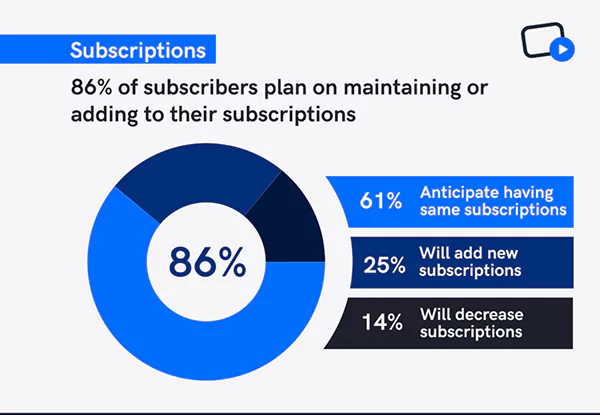
Interesting Facts
Advertisers analyze the behavior of consumers on OTT platforms. They make their strategies and budgets according to the target audience of OTT.
In the above chart, we can see that 86% of OTT subscribers are ready to renew and upgrade their subscription plan.
After watching the actors of OTT, they also followed the cast on social media. We can see the impact of OTT on the entertainment industry as a whole.
The benefits of OTT attribution in media buying
Implementing OTT attribution in media buying strategies offers several benefits to advertisers. Let’s explore two key advantages:
Better audience targeting
OTT platforms provide advertisers with granular targeting capabilities which allows them to reach specific audience segments based on demographics, interests, and other relevant criteria. Using these advanced ad platforms, media buyers can optimize targeting strategies and deliver timely, personalized. The result is higher conversions and improved campaign performance.
Improved return on ad spend (ROAS)
OTT attribution helps advertisers measure the effectiveness of their campaigns accurately, providing insights into the ROI of their advertising efforts. By understanding which ads drive conversions and generate the most value, media buyers can optimize their spending by reallocating budgets toward the most successful campaigns and placements.
Do You Know?
Which was the first OTT Platform in the world? The answer is Netflix. Netflix was the first platform that introduced OTT streaming services in 2007.
Later, Netflix faced many ups and downs and grew over the years. After seeing the success of Netflix, many production houses and entertainment companies started their OTT services.
Challenges in implementing OTT attribution
Although OTT attribution offers immense potential, there are challenges that advertisers need to address when implementing it into their media buying strategies.
Data privacy concerns
Data privacy is a vital consideration when implementing OTT attribution with any digital advertising solution. Advertisers must ensure they are compliant with relevant privacy regulations and adhere to industry best practices. Additionally, they should communicate transparently with users about data collection and provide options for users to manage their privacy preferences.
Technical difficulties
OTT attribution needs strong technical infrastructure and integrations to track user behavior across devices and channels accurately. Advertisers face challenges when integrating different sources of marketing and customer data, ensuring data accuracy, and maintaining cross-device tracking.
Fragmented market landscape
Numerous platforms, each with its own proprietary technologies and measurement systems, make it difficult to standardize tracking and attribution across all channels. Moreover, each platform may have different levels of data accessibility, which can limit the effectiveness of OTT attribution.
Final thoughts
OTT attribution has become a major tool for advertisers looking to optimize their campaigns on OTT platforms. With its ability to track user behavior and accurately determine the impact of ad exposures, it’s the vanguard of modern advertising.
Every new technology comes with a few challenges, same is true with OTT, advertisers need to address this so that they can leverage its potential.
By overcoming these challenges and effectively implementing OTT attribution, advertisers can drive better results and maximize their ROI in the ever-evolving media buying landscape.
